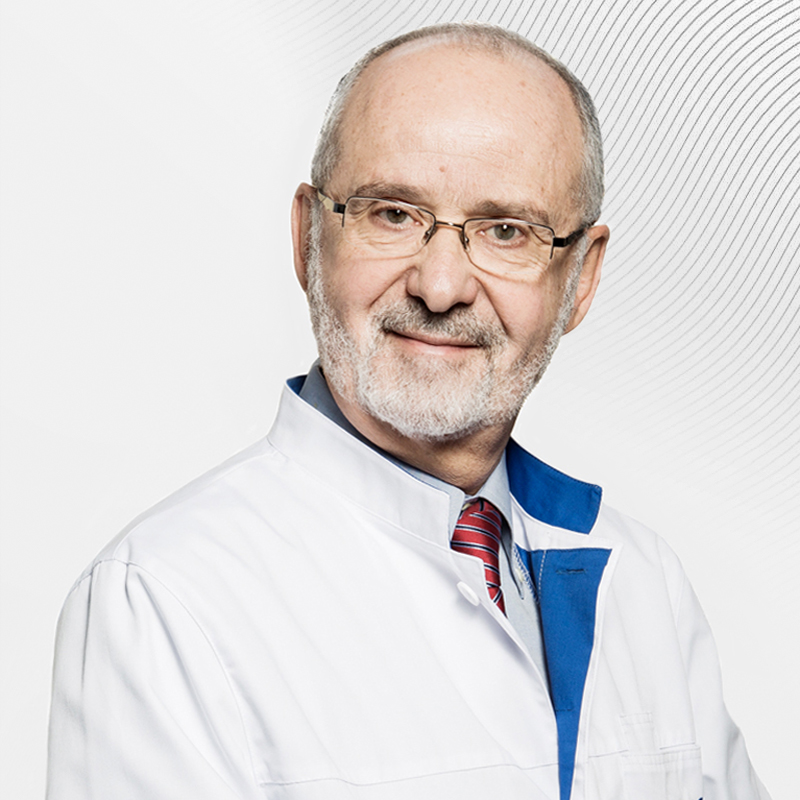MR-neurography: a new technique for diagnosing chronic pain
On the website RSNA.org MIKE BASSETT's article "MR-neurography: a new technique for diagnosing chronic pain" has been published.
 Irina Trofimenko, radiologist, Candidate of Medical Sciences, comments:
Irina Trofimenko, radiologist, Candidate of Medical Sciences, comments:
MR-neurography allows you to visualize both the nerves themselves and their surroundings, assess the course, thickness and shape of the nerve, identify its deformations, tumors and/or compression by pathological or anatomical formations.
The most widely used are MR studies of the brachial plexus and carpal tunnel.
Indications for MRI of the brachial plexus are:
- decreased sensitivity in the hand,
- reduction of arm strength,
- muscle atrophy due to injury, tumor and inflammatory processes.
These clinical manifestations are often nonspecific and may also indicate diseases of the spinal column and lesions of individual peripheral nerves, therefore, a detailed neurological examination is required before undergoing this MR examination.
An indication for an MRI scan of the carpal tunnel is a suspicion of compression of the median nerve in an anatomically narrow area of the hand, where the nerve passes between the tendons of the flexors of the fingers and the fibrous cord (flexor retainer). Symptoms of such compression are pain (mostly at night) or numbness of the hand, in particular the thumb, index, middle and part of the ring fingers.
The process can lead to atrophy of the hand muscles over a long period of time. In this case, MR-neurography allows you to assess in detail the condition of the median nerve itself and the surrounding anatomical structures in order to plan treatment.
MR-neurography in EMC
The EMC performs MR neurography of the peripheral nerve plexuses (brachial and sacral) with targeted visualization of the sciatic nerve, individual nerves in the areas of their most frequent damage (ulnar nerve in the cubital canal, median nerve in the carpal canal, posterior tibial nerve in the tarsal canal, etc
.).
These studies are performed on an MR system with a field strength of 1.5 Tesla according to specialized protocols and do not require prior preparation of the patient; on average, the study time is 30-45 minutes.
Get help
Specify your contacts and we will contact you to clarify the details.
Doctors
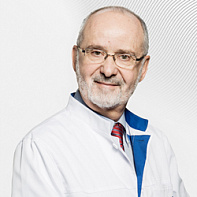
Evgeniy Libson (Israel)
Deputy Director of the Institute of Oncology, Chief Consultant on Cancer Diagnostics, Professor of Radiology. Chief Specialist in Cancer Diagnostics and CT-guided Biopsies, FRCR, FRCR
-
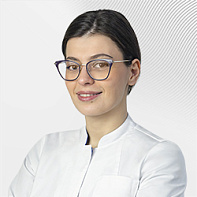
Izabella Maskurova
-
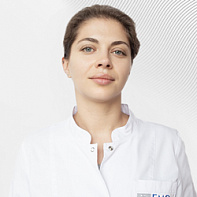
anastasiya kovalenko
-
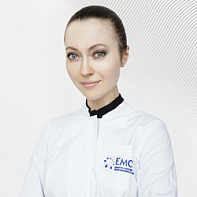
Veronika Saraeva
-
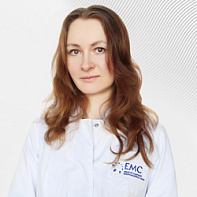
Evgeniya Aleksandrova
Ph.D. of Medical Sciences
-
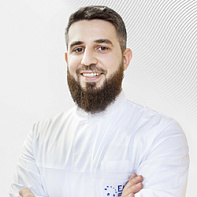
Ela Amkhadov
-
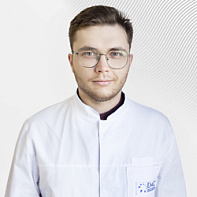
Mikhail Zaytsev
-
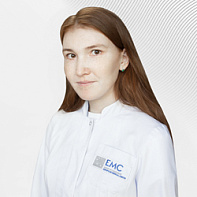
Ananeva Liliia
-
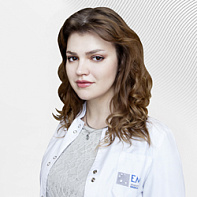
Ekaterina Chukanova
-

Nikita Elagin
-
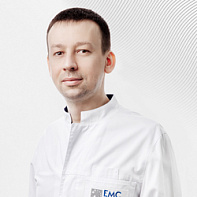
Aleksandr Chekeridi
-

Kristina Kostina
-
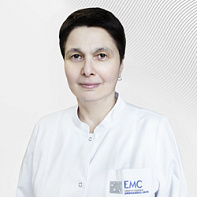
Nino Chelidze
-
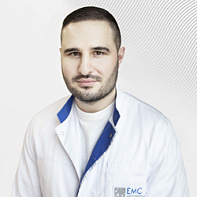
Zurab Baramashvili
-

Irina Lisenkova
-
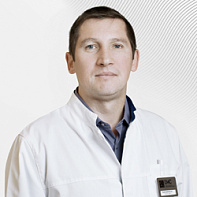
Oleg Gorodilov
-
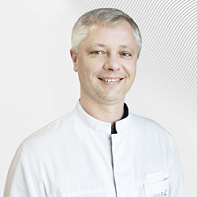
Dmitriy Orlov
-
.jpg)
Danilov Dmirty
Ph.D. of Medical Sciences
-
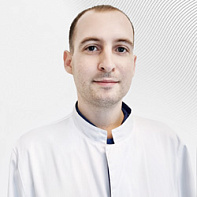
Dragan Ivan
-
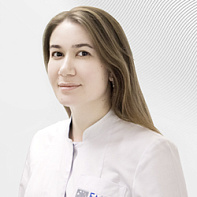
Mityukova Marina
-
Evgeniy Libson (Israel)
Deputy Director of the Institute of Oncology, Chief Consultant on Cancer Diagnostics, Professor of Radiology. Chief Specialist in Cancer Diagnostics and CT-guided Biopsies, FRCR, FRCR
- Actively participates in the work of scientific and research institutions
- He currently holds the position of Professor of Radiology at Hadassah Hospital. Member of the Education Committee of Hebrew University – Hadassah School of Medicine
- Awarded for outstanding contribution to Israeli Healthcare - Israeli Medical Association
Total experience
53 years
Experience in EMC
since 2011
